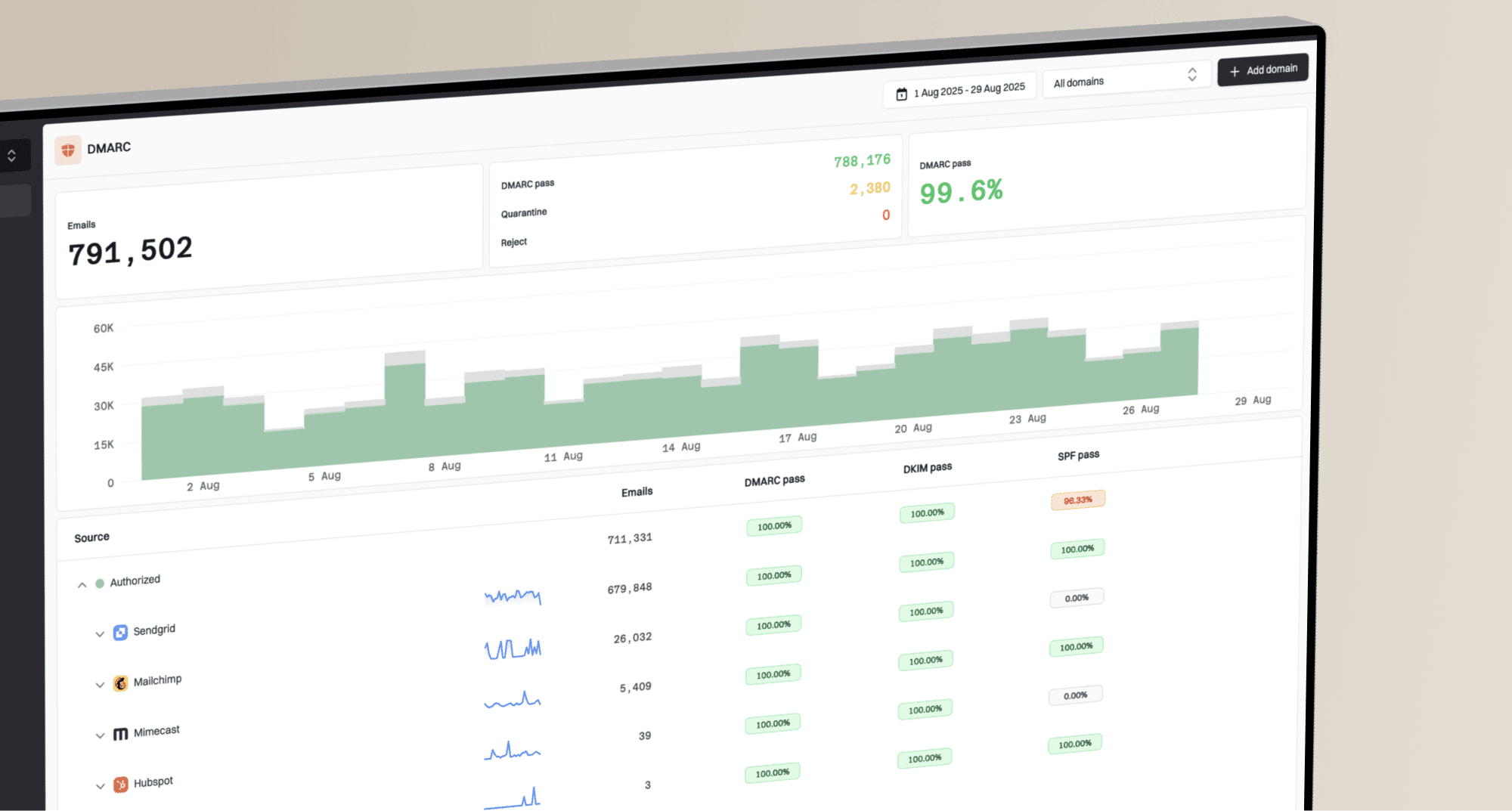What is the acceptable spam rate threshold and what factors affect it?

Matthew Whittaker
Co-founder & CTO, Suped
Published 10 Aug 2025
Updated 5 Nov 2025
6 min read

|
|
|
|---|---|---|
< 0.1% | Considered excellent and healthy sender reputation. | Optimal inbox placement. |
0.1% - 0.3% | Approaching a critical threshold, watch closely. | Potential for reduced inbox placement, increased spam folder delivery from  Gmail and Gmail and  Yahoo. Yahoo. |
> 0.3% | Critical and unacceptable. High risk of severe penalties. |
 Outlook,
Outlook,  Yahoo, and
Yahoo, and  Gmail, can have a cascading negative effect. Your domain reputation will decline significantly, leading to poor inbox placement, increased bounce rates, and potentially even account suspension by your Email Service Provider (ESP).
Gmail, can have a cascading negative effect. Your domain reputation will decline significantly, leading to poor inbox placement, increased bounce rates, and potentially even account suspension by your Email Service Provider (ESP). Google Postmaster Tools.
Google Postmaster Tools.